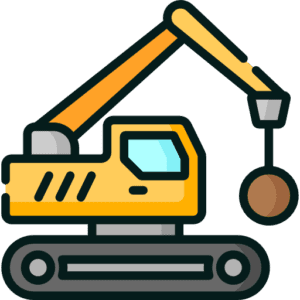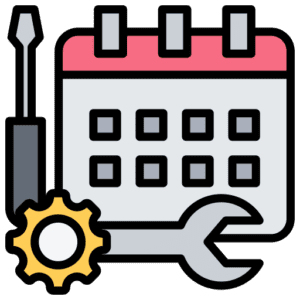CSCS Tunnelling Mock Test
CSCS Tunnelling Mock Test – Be Prepared for Safe Underground Work
What is the CSCS Tunnelling Test?
The CSCS Tunnelling Specialist Test is a Health, Safety and Environment (HS&E) test designed specifically for those working in tunnelling or underground construction environments. It focuses on the unique risks associated with confined and subterranean spaces, helping workers stay safe below ground.
Why Take a Tunnelling Mock Test?
Using a CSCS Tunnelling Mock Test allows you to:
Familiarise yourself with the test structure
Identify areas where more revision is needed
Practice health and safety scenarios relevant to tunnel work
Build the confidence to pass the real exam
What Topics Are Covered?
This test includes both general health and safety and tunnelling-specific topics such as:
Working in confined and pressurised spaces
Ventilation and air quality monitoring
Emergency and evacuation procedures underground
Tunnel boring machines (TBMs) and excavation safety
Ground stability and support systems
Communication protocols in tunnel worksites
PPE and respiratory protection specific to tunnelling
Who Should Take the Tunnelling Test?
Ideal for anyone working in or around tunnel environments, including:
Tunnel operatives and engineers
TBM and shotcrete workers
Underground electricians and mechanical technicians
Supervisors and safety officers in tunnelling projects
Benefits of the Mock Test:
Understand and apply tunnelling-specific safety procedures
Reduce the risk of incidents in confined environments
Improve test readiness and overall safety awareness
Meet the requirements for CSCS card applications for tunnelling roles
Start your CSCS Tunnelling Mock Test today and make sure you’re ready for the challenges of working safely and effectively underground.














